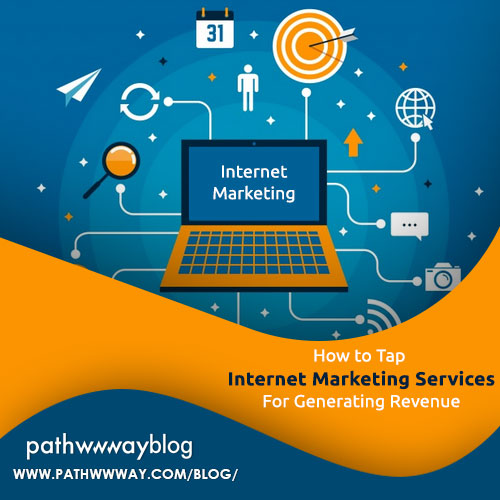Why Customer Retention Programs are so Important for High - Churn Industries
Customer
churn, also referred to as customer turnover, attrition or defection, is the
number of customers or subscribers who never stopped using your product or
service within a set period of time. Ironically, the focus of marketing experts
is devoted to customer acquisition. But reducing the number of customers who
abandon your service or product is far more important, more so for high-churn
industries.
- Why Customer Retention Programs Matter
If
you’re wondering why customer retention schemes and strategies are absolutely
essential for high-churn industries, consider the numbers. Bain and Company
conducted research to find that customer acquisition costs 6-7 times the amount
it takes to retain and sell to existing clients.
Harris
Interactive further found as much as 72% of the customers with a memorable
buying experience shared their delightful experience with others. Market
Metrics also revealed that the probability of selling to existing customers is
anywhere from 60% to 70% while the probability of selling to new prospects is a
fraction of that, at 5 to 20%. Even the US White House Office of Consumer
Affairs indicated that on average, loyal clients are worth 10x times more than
their first buying or purchase amount.
- How Do Customers Remain Loyal?
So,
the incentives to reduce high-churn are many. But so are the issues. Lowering
customer churn means understanding your customer’s requirements and
anticipating their needs. When you’ve mapped out a sales cycle, it is equally
crucial to base customer retention programs on what visitors actually do and how many purchases they make.
When
you understand the demographics and characteristics of customers interested in
your products or services, you are well-positioned to manage them. Cater to the
target audiences and niche customers by narrowing down your focus. Discover the
real and sustainable potential of your service.
- The Value of Effective Onboarding
Decreasing
churn rates, especially in high-churn industries and verticals, essentially
needs to emphasise valuing clients the minute they enter the sales life cycle.
The onboarding process is absolutely critical, as once a customer has signed
up, they are likely to respond to marketing messages and trust your brand, if
you provide them all the information and help they need. Invest in effective
onboarding and customers will trust you immediately.
- Keeping Customers Engaged
Once
the customer is onboard, the next step is to engage them. This can be done by
educating them further, on using the products and services and leveraging the
offerings for successful outcomes. Automated marketing solutions can make the
process easier. Do offer knowledge customers need so that they can get
observable outcomes. Being structured and rewarding customers, besides highlighting
success stories and use case studies to help customers discover ways to get
more from products. Being timely and mapping out life-cycle stages of customers
and how to market to them is the key here.
- Deliver on Promises
Customer
retention programs should focus on loyalty discounts and deals, as much as
delivering on promises. Bad service, unkept promises, and imperfect products
are all problems you need to tackle. Behaviours that lead to customer churn
should be tracked. But most of all, you need to stand for value, quality and
exceptional ROI, too.

